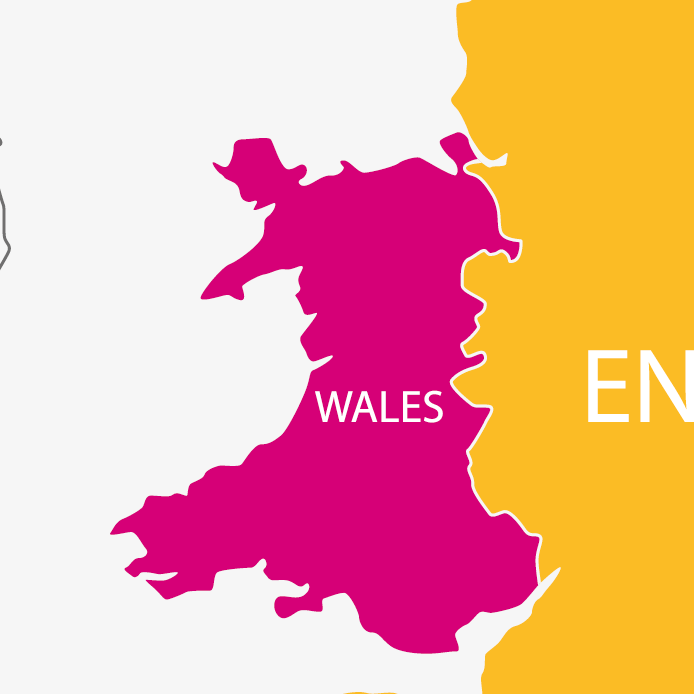Information on Cookies
To make the best use of our website, you'll need to make sure your web browser is set to accept cookies to ensure you receive the best experience.
For further information, please read our Cookies Policy.

Log In

The Public Health (Minimum Price for Alcohol) (Wales) Act 2018 was implemented on the 2nd March 2020 and introduced a minimum price, below which alcohol cannot be supplied by alcohol retailers, from qualifying premises in Wales. The objective of the introduction of a minimum price for alcohol is to help tackle alcohol related harm through reducing alcohol consumption in harmful and hazardous drinkers.
The Welsh Government has commissioned a study on attitudes and behaviours around alcohol consumption and to perceptions of the introduction of a minimum price for alcohol.
Key findings
Drinking Behaviour
Data from the survey shows evidence of changes in drinking behaviour, with a reduction in nondrinkers from 26 per cent in 2014 to 10 per cent in 2022, while the proportion drinking at least 2-3 times per week has increased from 28 per cent to 38 per cent in the same duration.
With regards to the number of units consumed on a typical day of drinking, the proportion of drinkers drinking 1-2 units on a typical day has increased from 29 per cent in 2014 to 37 per cent in 2022 while the proportion drinking 10 or more units has decreased from 20 per cent to 13 per cent.
When considering the frequency of reported binge drinking, the proportions of drinkers reporting binge drinking ‘less than monthly’ and ‘at least weekly’ have remained relatively stable over time, however the proportion reporting never binge drinking has decreased from around one third of respondents in 2014 to a little over a quarter in 2022.
Using the responses to the questions relating to frequency of drinking alcohol, the number of units consumed on a typical day drinking and reported binge drinking it was possible to determine levels of risk associated with drinking behaviour. From 2014 to 2022 the proportion identified as being at increasing or higher risk has increased from 38 per cent to 45 per cent of respondents. Men remained more likely to be identified as being increasing or higher risk drinkers.
Awareness of Minimum Pricing for Alcohol
From 2014 to 2020 there has been an increased awareness of measures to introduce minimum pricing for alcohol.
Those identified as being increasing or higher risk drinkers were more likely to be aware of the introduction of minimum pricing which is somewhat expected given they are more likely to be affected by its introduction. Those aged 16-34 are less likely to be aware of the introduction of minimum pricing for alcohol when compared to other groups.
Support for Minimum Pricing for alcohol
Consistently from 2014 to 2020 the surveys have found that a greater proportion of respondents were in favour of the introduction of a minimum price for alcohol, with evidence that there has been an overall increase in support, and a decrease in opposition, since 2014.
The most frequently given reasons for being in favour of minimum pricing for alcohol were ‘to stop people drinking so much, stop binge drinking, drunkenness in general’ and to ‘encourage people to drink less’. Conversely the most frequently stated reason for being against the policy were that it won’t stop people drinking and that it would make drinking too expensive.
Opposition to the introduction of a minimum price for alcohol was highest amongst those identified as being ‘increasing or higher risk’ drinkers.
It is possible that the growing level of support for minimum pricing may be due to the growing awareness of the proposals, addressing prior misconceptions about what the introduction of a minimum price for alcohol would entail.
Perceptions of the effects of Minimum Pricing for alcohol
Perceptions about the impact of minimum pricing in reducing crime have remained relatively consistent between 2014 and 2020 with a greater proportion of respondents disagreeing with the statement ‘raising the price of cheaper alcohol products in these stores would help reduce crime in this country’
Similarly, in relation to the statement ‘raising the price of cheaper alcohol products in these stores would reduce ill health in this country’ levels of agreement have remained similar between 2014 and 2020, however levels of disagreement with this statement have decreased from 38 per cent in 2014 to 32 per cent in 2020.
In terms of statements that minimum pricing for alcohol would make no difference to the amount people drink and that governments should not interfere with peoples drinking, levels of agreement with both of these statements have decreased over time.
Those drinkers identified as being at increasing or higher risk were more likely to disagree with the statements that minimum pricing would reduce crime and problems of ill health and were more likely to agree that it would make no difference to the amount people drink and that governments should not interfere.
Reports
